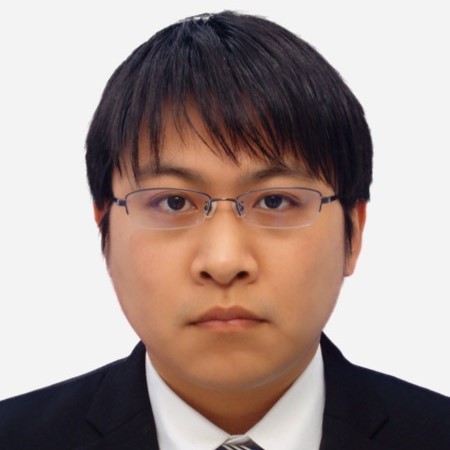Robot End-effector for Fabric Folding
Published:
A. Seino1, 2, J. Terayama3, F. Tokuda1, 2, A. Kobayashi1, 2, K. Kosuge1, 4
1. Centre for Transformative Garment Production, Unites 1215 to 1220, 12/F, Building 19W, SPX1, Hong Kong Schience Park, Pak Shek Kok, N. T., Hong Kong SAR
2. Department of Electrical and Electronic Engineering, The University of Hong Kong, Hong Kong SAR
3. School of Engineering, Tohoku University, 6-6-01 Aobra Aramaki, Aoba-ku, Sendai, Miyagi, 980-8579, Japan
4. Director of the JC STEM Lab of Robotics forSoft Materials, Department of Electrical and Electronic Engineering, Faculty of Engineering, The University of Hong Kong, Hong Kong SAR
Published in TechRxiv, (2022)
DOI: 10.36227/techrxiv.21283725.v2
Download here.
- Abstract
- In this paper, we propose a robot end-effector for fabric folding along a straight line for garment production. In the garment production process, some of the edges of fabric parts of a garment need to be folded before sewing. A conventional automated folding system has a fixture designed for each shape and size of the folding part. The fixture is not universal. In the case of a pocket setter, for example, a pocket template of the fixture used for folding needs to be redesigned/reconfigured when the shape of the fabric part changes. A conventional automated fabric folding system is designed for the mass production of garments with the same shape and the same size. In this paper, we consider how to perform fabric folding without the use of a fixture, so that the same system could be used for folding fabric parts of different shapes and sizes. We propose a concept of a robot end-effector for fabric folding along a straight fold line and develop a prototype of an end-effector referred to as “F-FOLD” (Free-form FOLDing). Folding of the edge of a fabric part is achieved by moving F-FOLD along the desired straight foldline. Experimental results illustrate how F-FOLD folds a fabricpart along a straight line.
- Note
- This is preprint version, and this work has been submitted to the IEEE for possible publication.
